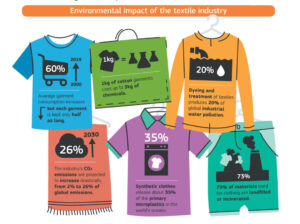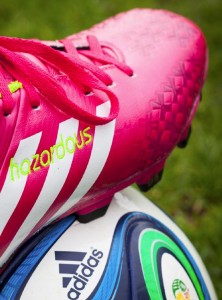Finally the digital revolution in textile ink jet printing has started
 Globally more than 20 bio meters of textiles are printed. Mainly due to low cost production more than 50% of textile printing is processed in Asia. Rotary screen printing has by far the highest market share, followed by flat bet printing. In textile printing, in recent years there has been special interest in digital printing. However, digital printing is still comparably small with less than 2% market share, substantially less than in other non-textile printing applications.
Globally more than 20 bio meters of textiles are printed. Mainly due to low cost production more than 50% of textile printing is processed in Asia. Rotary screen printing has by far the highest market share, followed by flat bet printing. In textile printing, in recent years there has been special interest in digital printing. However, digital printing is still comparably small with less than 2% market share, substantially less than in other non-textile printing applications.
Why digital printing?
Digital (ink jet) printing combines many advantages: easy coloration, direct printing off the computer screen, no screens, no colour kitchen, and attractive designs – even designs which are not possible with any other printing technique.
In the video, John Scrimshaw, Editor of Digital Textile magazine, debates the rapid growth of digital textile printing, which is being seen particularly in traditional markets, the demanding technical specifications within this sector and the predictions made at the FESPA Digital Textile Conference 2008 in Geneva, Switzerland.
To read the full article, please login. The full content of this article and all premium articles is available exclusively for site members.
Site membership is free. If you are an existing user, please login. New users may register below.



